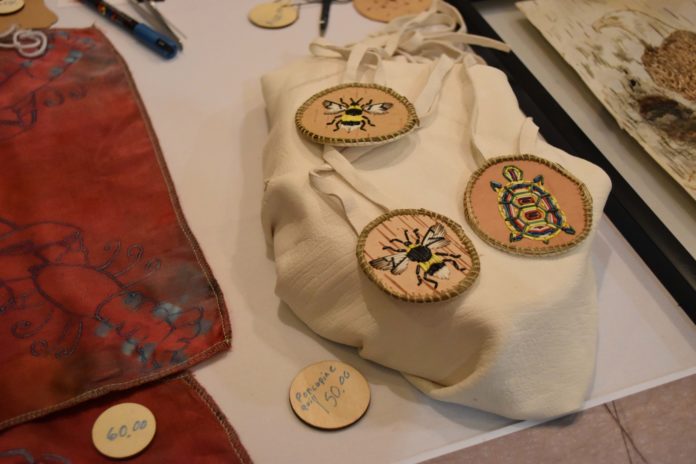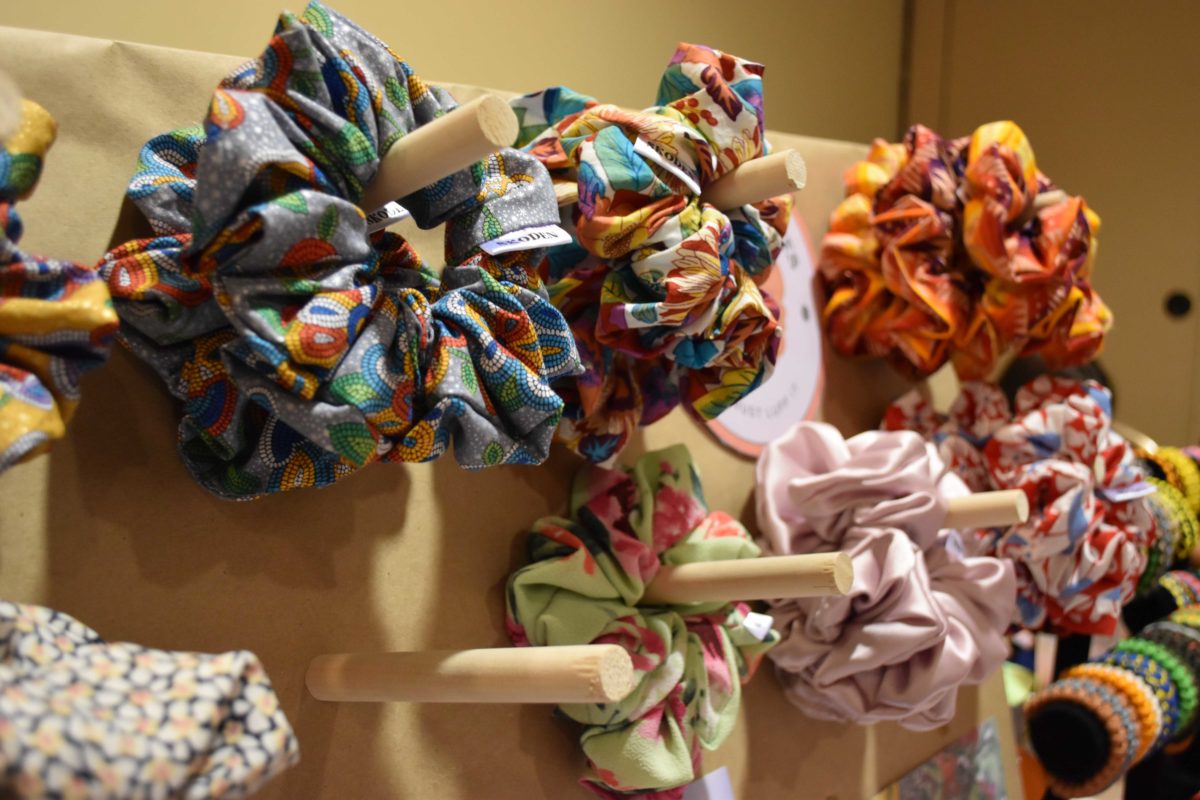

Christine Gautreau said her whole life has been a process of relearning and reconnecting with her culture and her art has been a part of that.
Gautreau, an Inuk artist, has been creating jewelery for many years, but she only recently started using traditional materials.
“My mom had scraps of seal and I didn’t want to throw it out because in our culture, we don’t waste any part of the animals … so I started making some jewelery with that and then it just kind of snowballed,” she said.
Gautreau said there are a lot of misconceptions about her jewelery and her identity that she has had to clear up for others. She said she is often “lumped in” with First Nations groups, but she is not First Nations — she is Inuit.

When she started selling her jewelery, Gautreau said she was nervous about how people would respond to her use of animal products. She said people don’t understand how important it is for Indigenous people to use every part of the animal.
At a powwow in Halifax, she said she was the only person selling anything with traditional materials because of it.
“There’s still stigma attached to [jewelery making],” she said.
Still, Gautreau said since her first sale, she has grown a lot in confidence.
Tara Francis, a Mi’kmaw Artist from Elsipogtog First Nation, has practiced her art form for about 20 years. She also uses traditional materials, specializing in porcupine quill work, silk painting and acrylic painting.
In the last five years, she has been able to support herself entirely from her art and believes her story can inspire other young Indigenous artists.
“I think it’s really important to share who we are, especially to the non-Indigenous community,” said Francis, adding that she feels she has a role to play in informing non-Indigenous people about her community.
Francis said the demand for Indigenous art has increased in the last seven to eight years.
“With things like the lost children being found … I think there’s a sensitivity now and [people] are looking to create relationships. That also gives us an opportunity to have our voice heard across the board and into that mainstream artistic world,” she said.
Shayna Boudreau is an artist from Pilick First Nation along the Wolastoq. She learned how to sew ribbon skirts from her grandmother. About a year ago, she wanted to make herself scrunchies and was encouraged by a friend to sell them.
Her very first launch sold out and her business, Skoden Hair Ties, has thrived from there.
Boudreau said people often question or criticize the pricing of her goods and other Indigenous art.
“Our art is luxury,” said Boudreau. “You pay the price you pay, because it’s our art.”
